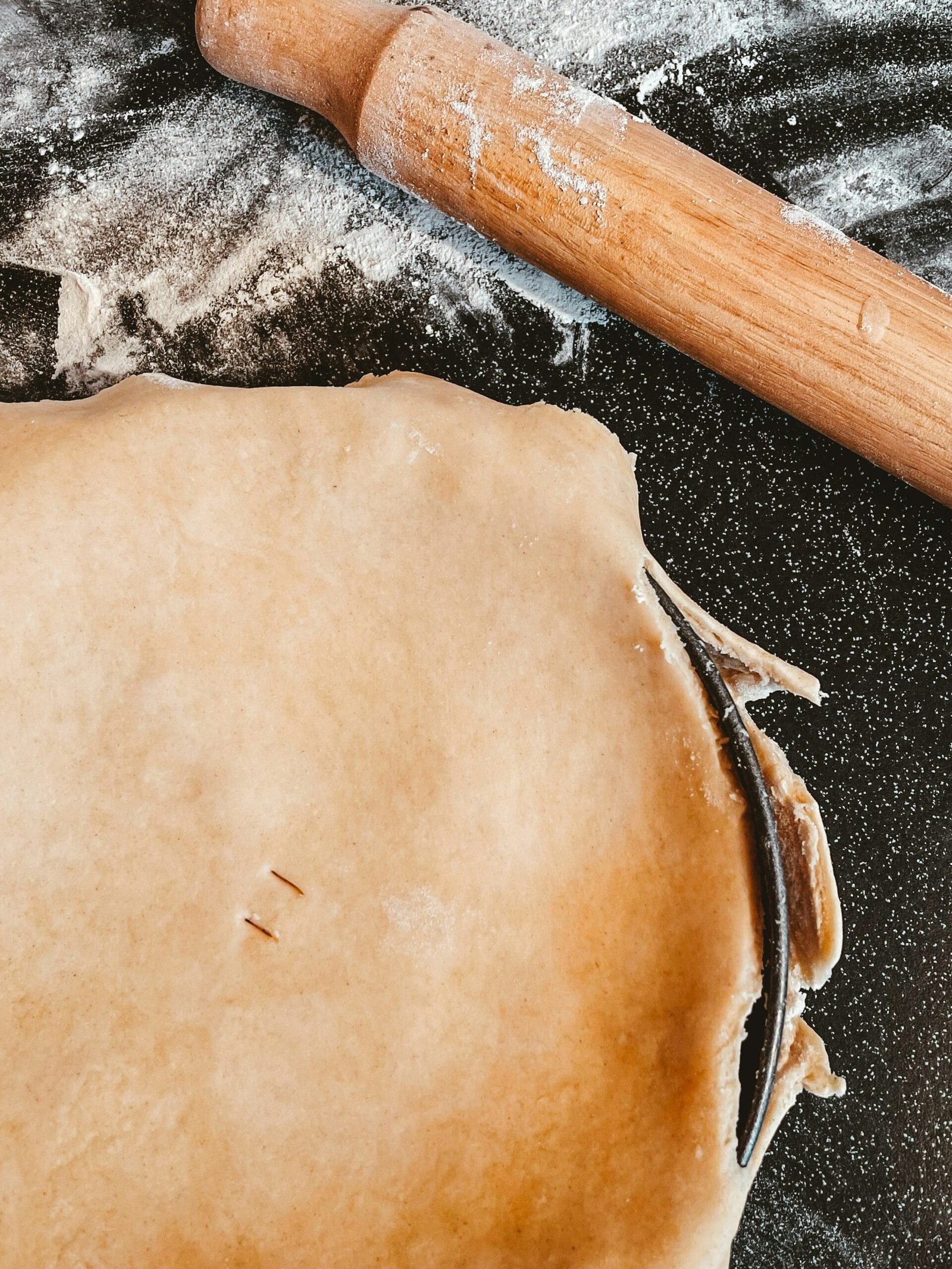Unlocking Digestive Health: The Secret Ingredient for Perfect Roti
The Power of Multigrain Flour
Multigrain flour has emerged as a vital ingredient in enhancing digestive health, especially when utilized for making traditional chapati. This flour is composed of multiple grains, each contributing a unique profile of nutrients that are essential for maintaining an optimal dietary balance. The fiber content in multigrain flour is notably higher than that found in refined flour, which plays a significant role in promoting effective digestion. Dietary fiber enhances the efficiency of the digestive process, making it easier for the body to break down food and absorb nutrients.
Incorporating multigrain flour into your daily meals not only aids digestion but also provides a wealth of vitamins and minerals. Whole grains such as wheat, barley, millet, and oats come together in multigrain flour, offering B vitamins, iron, and magnesium, all crucial for energy production and metabolic functions. These nutrients are imperative for individuals seeking to improve their overall gut health, as they support a well-functioning digestive system. Moreover, the variety of grains in multigrain flour helps to diversify the benefits received from a single ingredient, enhancing your meals beyond mere sustenance.
Regular consumption of multigrain chapati can also help in preventing constipation, a common digestive discomfort. The high levels of both soluble and insoluble fiber found in multigrain flour contribute to the smooth movement of food through the intestines, facilitating regular bowel movements. This not only alleviates constipation but also lowers the risk of developing various gastrointestinal disorders. Consequently, the ritual of consuming chapati made from multigrain flour could significantly uplift one’s digestive health, making it an essential addition to modern diets aimed at well-being.
Fenugreek Seeds: A Natural Digestive Aid
Fenugreek seeds, derived from the plant Trigonella foenum-graecum, have long been recognized for their remarkable health benefits, particularly in the realm of digestive health. One of the standout attributes of fenugreek seeds is their high fiber content, which plays a crucial role in promoting regular bowel movements and preventing constipation. The soluble fiber present in these seeds helps to absorb water in the intestines, effectively adding bulk to the stool and facilitating its passage through the digestive tract. This natural laxative effect makes fenugreek an essential component for those seeking to improve their digestive function.
In addition to promoting regularity, fenugreek seeds contribute significantly to the detoxification process within the body. By aiding the removal of waste and toxins, these seeds help maintain the overall health of the gastrointestinal system. The seeds are also known to possess antioxidant properties that combat oxidative stress, further supporting digestive function and overall well-being. Incorporating fenugreek into one’s diet can be an effective strategy for enhancing digestive health, especially when mixed with whole wheat flour in preparing staples like roti.
Mixing fenugreek seeds with flour before making roti not only enhances the nutritional profile of the meal but also makes the dish more beneficial for digestion. The seeds can be ground into a fine powder and added to the flour, or whole seeds can be soaked and then incorporated into the dough. This practice not only imparts a unique flavor to the roti but also ensures that the digestive benefits of fenugreek are readily absorbed by the body. Ultimately, fenugreek seeds serve as a versatile and natural digestive aid, reinforcing the importance of including them in a balanced diet for improved digestive health.
Flour Bran: The Unsung Hero of Digestive Health
Flour bran, often overlooked in discussions about healthy eating, is a crucial component for promoting optimal digestive health. This byproduct of grain milling is packed with dietary fiber, which is essential for fostering good digestion and preventing common gastrointestinal issues such as constipation. Incorporating flour bran into the dough for making chapatis not only enhances their nutritional profile but also contributes significantly to one’s overall health.
Dietary fiber found in flour bran plays an instrumental role in maintaining a healthy digestive system. It adds bulk to the stool, which facilitates regular bowel movements and minimizes the risk of constipation. Additionally, a high-fiber diet can help in regulating blood sugar levels and improving satiety, making it an excellent choice for those aiming to manage their weight or blood sugar effectively. The presence of soluble fiber in flour bran also aids in the absorption of nutrients, promoting better overall health.
When preparing chapatis, adding flour bran to the dough is a simple yet effective way to elevate the health benefits of this staple food. Its integration can be done seamlessly, providing a nutritious boost without compromising taste. By embracing flour bran as a vital ingredient in daily cooking, individuals can take a proactive step towards improving their digestive health and enjoying the many benefits that come with it.
Complementing Your Chapati: Curd and Buttermilk
Chapatis, a staple of several cuisines, can be enhanced in both taste and nutritional value when paired with dairy products such as curd and buttermilk. These accompaniments not only complement the flavor profile of chapatis but also positively influence digestive health. Curd, which is rich in probiotics, plays a significant role in promoting gut health. Probiotics are beneficial bacteria that support digestion, improve bowel regularity, and help combat gastrointestinal issues. Additionally, the fermentation process involved in curd production increases the bioavailability of nutrients, facilitating better nutrient absorption in the body.
Buttermilk, a byproduct of churning curd, is another fantastic addition to chapati meals. It is not only refreshing but also packed with essential vitamins and minerals, making it an excellent choice for improving overall digestive function. The lactic acid present in buttermilk helps regulate the pH of the stomach, which can further enhance digestion and reduce acidity. Moreover, drinking buttermilk alongside your meal can promote a feeling of fullness, aiding in portion control and potentially benefiting weight management efforts.
Incorporating curd and buttermilk with chapati offers various delicious options. A simple yet satisfying way to enjoy chapati is to serve it with a bowl of spiced curd, garnished with herbs and spices. Alternatively, you can prepare a refreshing raita by mixing chopped vegetables or fruits with curd, providing a nutritious side dish that pairs splendidly with chapatis. For those who prefer buttermilk, consider having it spiced or seasoned with ingredients like cumin or coriander, adding flavor while further promoting digestion. These practices not only enhance the culinary experience but also play an integral part in fostering a healthy digestive system.

